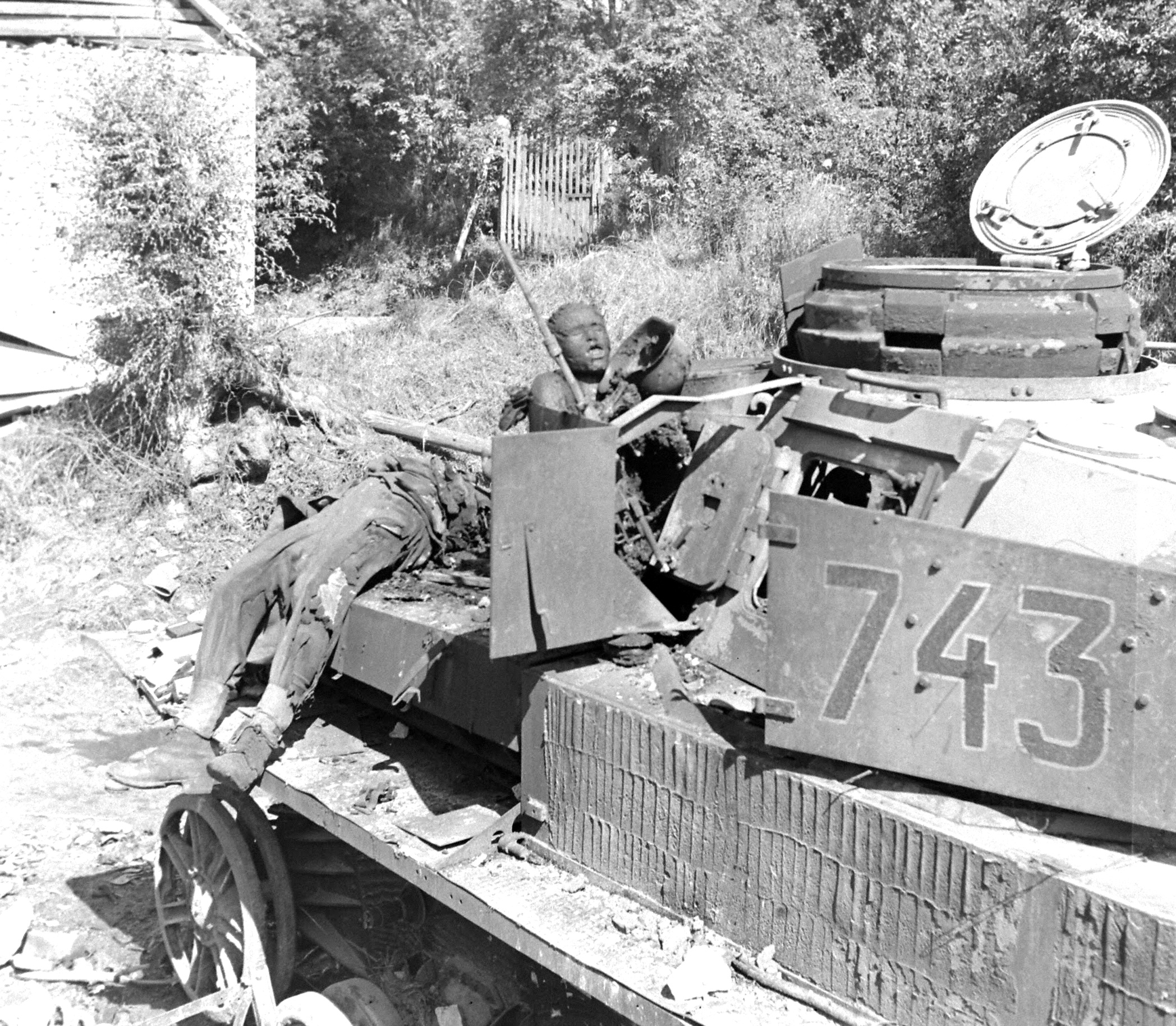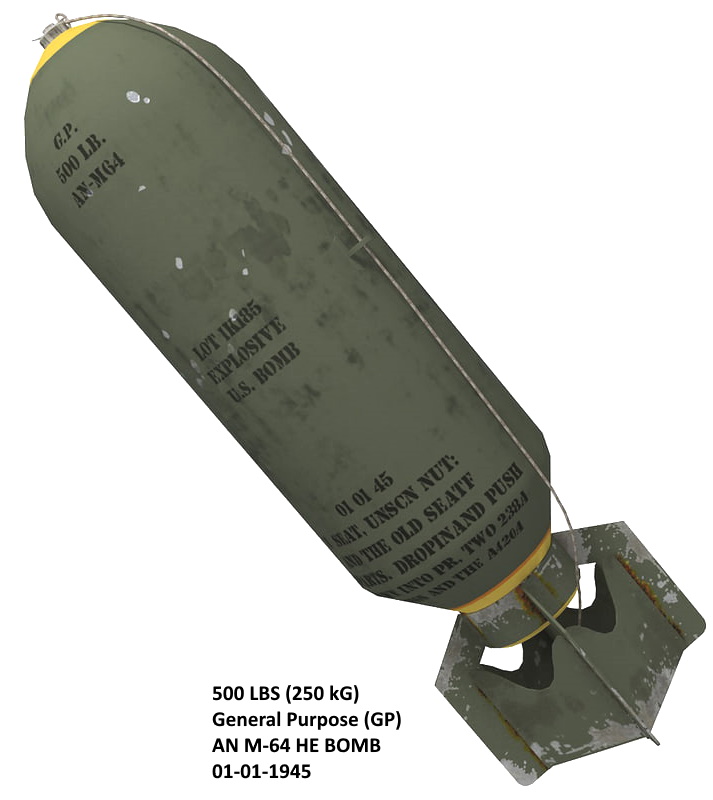AUGUST 11-1944

 The big push to the north and northeast to encircle German troops in the Mortain, Falaise, Argentan area was now well under way and groups supporting the 5-AD, 2-FAD, the 79-ID and the 90-ID were especially bus on August 11.
The big push to the north and northeast to encircle German troops in the Mortain, Falaise, Argentan area was now well under way and groups supporting the 5-AD, 2-FAD, the 79-ID and the 90-ID were especially bus on August 11.
With good VHF communications, the 36th Group hit many targets assigned by ground control, various squadrons reporting destruction of tanks, 88-MM gun positions, transport and other targets. One was a camouflaged house and tower assigned as a target by 79-ID. Combat sorties totaled 454. 
 House and tower were destroyed by five direct hits with 500-lb bombs. Ten miles northeast of Alençon, enemy tanks were holding up an American column. Fifteen 500-pounders were dropped and although specific results were not observed the US Column was seen to move forward.
House and tower were destroyed by five direct hits with 500-lb bombs. Ten miles northeast of Alençon, enemy tanks were holding up an American column. Fifteen 500-pounders were dropped and although specific results were not observed the US Column was seen to move forward.
 Another feature of the day’s operations was the successful bombardment of an enemy railroad gun position which was holding up progress of the 5-ID near Angers. Forty
Another feature of the day’s operations was the successful bombardment of an enemy railroad gun position which was holding up progress of the 5-ID near Angers. Forty  minutes after the request for air attack on this position was received at Combat Operations, Fighter Control at the 303rd Wing had vectored the 367th Squadron of the 358th Group to the target and the position was destroyed by two direct bomb hits and four near misses.
minutes after the request for air attack on this position was received at Combat Operations, Fighter Control at the 303rd Wing had vectored the 367th Squadron of the 358th Group to the target and the position was destroyed by two direct bomb hits and four near misses.
Good results were also obtained by the 373rd Group on an armed railroad recon of the area south of Paris. Attacking rail facilities at nine different points, the group destroyed five locomotives and 50 railroad cars, damaged 47 cars, and cut railroad tracks at three or more places. For the loss of four planes, our groups claimed a total of 10 locomotives, 243 railroad cars, 15 tank cars, 42 tanks, and other armored vehicles, 119 motor vehicles, and 20 horse-drawn vehicles destroyed or damaged.
Successful attacks were made on six marshaling yards, five field gun positions, a troop concentration, a headquarters, an ammunition dump, a storage building, and an airfield, and 10 railroad lines were cut. Of 15 recon sorties flown, 10 were tactical, 3 photographic, and 2 for artillery adjustment. During the afternoon, 273 heavy bombers of 8-AAF attached strong points and heavy gun positions in the Brest Harbor as previously requested by the 3-A through this Command; 643 tons of bombs were dropped, with results described as good to excellent. One bomber was lost to flak. In the evening 36 B-26s of IX Bomber Command dropped 53 tons of bombs on the gun defenses at St Lô, with results ranging from fair to excellent.
AUGUST 12-1944
Despite the continued efforts of saboteurs, communications through the Avranches Gap were sufficiently stable to permit the transfer of operational control to the forward echelon in the vicinity of St James on this date. The principal objectives of the air plan were to protect the XV Corps in its fighting progress north from Alençon and by strong recces between Le Mans and Paris, to cut off the battlefield and clear the way to the capital.
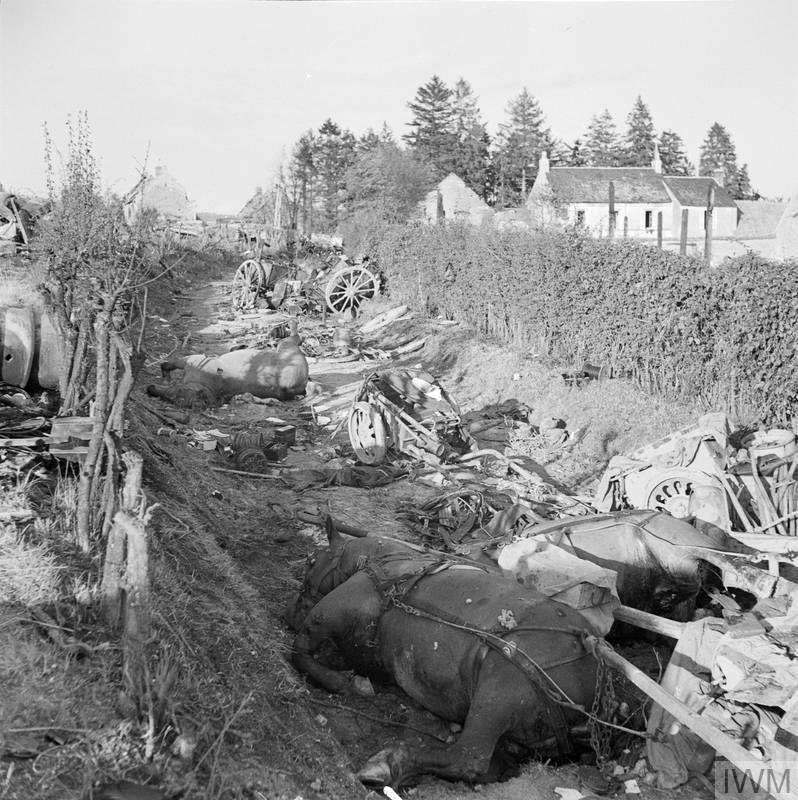 The plan provided for the usual protection of the Loire flank and continued incidental attack on the Cezembre Island, but comparatively little coverage for the Brest Peninsula where fighting was now largely static around the Brest, Lorient, St Malo and Paimpol defenses.
The plan provided for the usual protection of the Loire flank and continued incidental attack on the Cezembre Island, but comparatively little coverage for the Brest Peninsula where fighting was now largely static around the Brest, Lorient, St Malo and Paimpol defenses.
In execution of this plan, 41 missions comprising 481 sorties were flown. No planes were lost and there were no claims against enemy aircraft. The day’s toll included the destruction or damaging of 6 locomotives, 247 freight cars, 16 tanks, 201 motor vehicles, 7 horse-drawn vehicles, a gun carriage, a naval vessel, a barge, and 4 buildings.
Eleven rail lines and a highway were cut; 16 field batteries, 6 flak batteries, 2 troop concentrations, an ammunition dump, and 4 buildings were attacked, and 24 fires started.
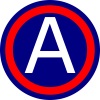
 A good day, the 3-A units aided materially on all fronts, was the G-3 (Air) comment. The drive north from Alençon towards Argentan marked the beginning of the closing of the jaws of the trap which eventually netted 57.000 Germans. Troops of the Canadian 1-A, driving southward to join the US 3-A forces near Argentan, played a vital part in the victory. There were two dead Germans for every live one, says an unofficial report, and the greatest stench of all time hung over the pocket.
A good day, the 3-A units aided materially on all fronts, was the G-3 (Air) comment. The drive north from Alençon towards Argentan marked the beginning of the closing of the jaws of the trap which eventually netted 57.000 Germans. Troops of the Canadian 1-A, driving southward to join the US 3-A forces near Argentan, played a vital part in the victory. There were two dead Germans for every live one, says an unofficial report, and the greatest stench of all time hung over the pocket.
On 12 August, however, there was still plenty of fight in the strong German forces thus entrapped, and it was a day of bitter fighting. In an effort to get our planes off their neck, the Germans again tried trickery, but unfamiliarity with the American idiom – and jazz music – tripped them up.
Pretending to be Exclaim (70-ID), an English-speaking German attempted to vector the 36th Group’s P-47s to points where they could do no harm. A slight German accent aroused suspicion and one of our pilots proved the speaker to be a fake by asking him to sing Mairzie Doats. The Heinie could not make the grade.
The deadly squeeze on entrapped German forces was nearing a complete strangle on Aug 13, and the biggest motor transport killing of the entire month was made by 37 P-47 pilots of the 36th Group when they found 800 to 1000 enemy motor vehicles of all descriptions milling about in the pocket west of Argentan. Pouncing upon them with bombs and guns, they claimed 400 to 500 enemy vehicles burned or blown up. One pilot dropped his belly tank on 12 trucks and the resulting explosion left them all on fire. American and British forces racing to close the gap said this group’s report, which pointed out that the enemy troops in the pocket were heading generally northeast toward the rapidly closing escape route between Argentan and Falaise. Other Pilots reported a street battles in Argentan, many fires and much smoke in the vicinity, and a Typhoon strafing our troops north of the town.
 Meanwhile, the 3-A spearheads were moving rapidly ahead towards Paris and Orléans. US troops and vehicles going north and east past Dreux, and south and east near Orléans, reported the 358th Group pilots at 1900 hours. Flew to the edge of Paris and encountered no flak, said a report from the 363rd Group with their P-51s. This observation proved to be a forerunner of the fall of the capital about a week later.
Meanwhile, the 3-A spearheads were moving rapidly ahead towards Paris and Orléans. US troops and vehicles going north and east past Dreux, and south and east near Orléans, reported the 358th Group pilots at 1900 hours. Flew to the edge of Paris and encountered no flak, said a report from the 363rd Group with their P-51s. This observation proved to be a forerunner of the fall of the capital about a week later.
All of the day’s bag in aerial combat fell, to the 382nd Squadron of the 363rd Group, which scored 12-2-1 for loss of a single plane. Flying assault area cover in the Alençon, Le Mans, Nogent, and Le Rotrou area, eight P-51s of this squadron bagged 4-1-1 for 1 in an early-morning fight with 12 Me-109s and Fw-190s. On an evening mission, eight pilots of the same squadron sighted approximately 25 Me-109s and Fw-190s strafing our troops. The Mustangs destroyed eight – an average of one apiece. Another was probably destroyed and the rest were driven away. The growing threat to the enemy’s air bases was emphasized when a squadron of P-47s from the 406th Group attacked a field southeast of Chateaudun, claiming eight twin-engined aircraft damaged on the ground. Rocket-carrying aircraft of the same group attacked railroad rolling stock and armored vehicles, claiming three locomotives, 25 cars, and five light tanks destroyed or damaged.
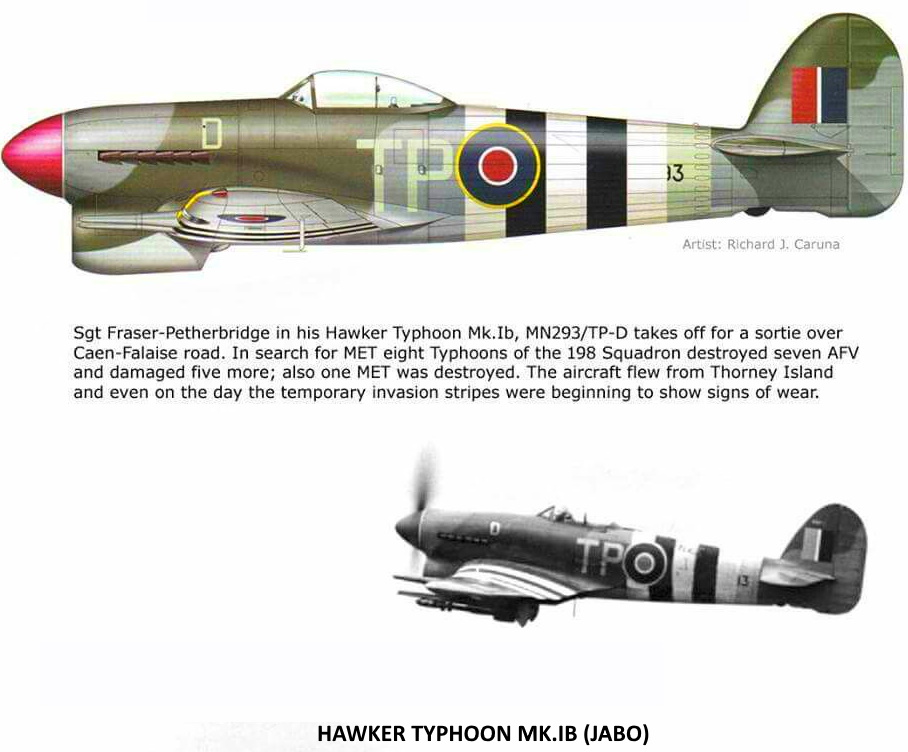 Claims for the day by all groups included destruction or damaging of 12 locomotives, 227 railroad cars, 45 tanks and other armored vehicles, 781 motor vehicles, 10 motorcycles, a barracks, an oil storage tank, and 10 strong points. Fourteen railroad lines were cut and a railroad bridge was damaged. Successful attacks were made on 2 troop concentrations, 6 marshaling yards, and an ammunition dump (4 hits). Combat sorties totaled 718 and recon sorties 38. Claims against enemy aircraft were 12-2-1 in the air and 1-0-8 on the ground. Ten planes were lost (only one to enemy aircraft).
Claims for the day by all groups included destruction or damaging of 12 locomotives, 227 railroad cars, 45 tanks and other armored vehicles, 781 motor vehicles, 10 motorcycles, a barracks, an oil storage tank, and 10 strong points. Fourteen railroad lines were cut and a railroad bridge was damaged. Successful attacks were made on 2 troop concentrations, 6 marshaling yards, and an ammunition dump (4 hits). Combat sorties totaled 718 and recon sorties 38. Claims against enemy aircraft were 12-2-1 in the air and 1-0-8 on the ground. Ten planes were lost (only one to enemy aircraft).
AUGUST 14-1944
 The jig was now plainly up for German troops in the Argentan pocket. Short of supplies and weary of ceaseless attacks from ground and air, they were giving themselves up in large numbers. During the day our pilots reported the phenomenon of ground troops surrendering to the air. Five miles northeast of Argentan, at 1100 hours on Aug 14, 300 to 400 enemy soldiers surrendered by waving white flags as the 405th Group’s 511th Squadron circled. Fighter Control was given the position so the nearest ground troops could pick up the prisoners. The 9-AAF interrogators reported that prisoners taken in the shrinking Falaise, Vire, Mortain, Mayennes, and Alençon salient told of extreme shortages of food and gasoline.
The jig was now plainly up for German troops in the Argentan pocket. Short of supplies and weary of ceaseless attacks from ground and air, they were giving themselves up in large numbers. During the day our pilots reported the phenomenon of ground troops surrendering to the air. Five miles northeast of Argentan, at 1100 hours on Aug 14, 300 to 400 enemy soldiers surrendered by waving white flags as the 405th Group’s 511th Squadron circled. Fighter Control was given the position so the nearest ground troops could pick up the prisoners. The 9-AAF interrogators reported that prisoners taken in the shrinking Falaise, Vire, Mortain, Mayennes, and Alençon salient told of extreme shortages of food and gasoline.
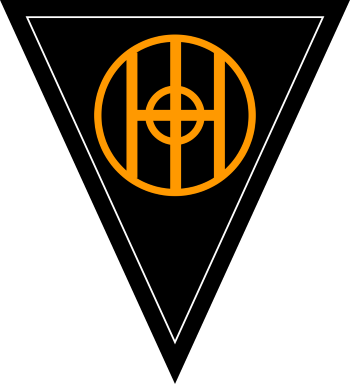 One POW at the 84-ID HQ fainted during interrogation and it developed that he had had no food for four days except one small piece of bread. He and his comrades had been told that their field kitchens had been bombed. Said a junior officer of the 363rd Infantry Division, who surrendered on Aug 13: You have bombed and strafed all the
One POW at the 84-ID HQ fainted during interrogation and it developed that he had had no food for four days except one small piece of bread. He and his comrades had been told that their field kitchens had been bombed. Said a junior officer of the 363rd Infantry Division, who surrendered on Aug 13: You have bombed and strafed all the  roads, causing complete congestion and heavy traffic jams. You have also destroyed most of our petrol and oil dumps, so there is no future in continuing the fight.
roads, causing complete congestion and heavy traffic jams. You have also destroyed most of our petrol and oil dumps, so there is no future in continuing the fight.
In the minds of most prisoners, however, the terror of artillery fire loomed even larger than the fear of air bombardment. Among the prisoners were many foreigners, Poles, Russians, and Yugoslavs, who said large drafts of these satellite troops had recently been sent into the line as cannon fodder. One Pole displayed to the embarrassed interrogator the marks on his bottom caused by an SS man who had literally booted him into battle.
 With his airfields around Paris endangered and many in process of evacuation, the enemy appears to have flown fewer than 100 single-engine fighter sorties on the Western Front on Aud 14. These were chiefly in defense of his ground troops. The only one of our groups to meet enemy air opposition was the 405th, flying close support to the 7-AD in the Dreux, Nogent, Le Rotrou area. Five P-47s and pilots were lost against claims of 4-2-1. Four of the five losses were suffered when four’ P-47s, pulling up from recon about 20 miles east of Dreux were bounced from above at 3000 feet by 16 Me-190s which came in below the four P-47s flying top cover. Three of the attackers were claimed as destroyed, plus one probable and one damaged.
With his airfields around Paris endangered and many in process of evacuation, the enemy appears to have flown fewer than 100 single-engine fighter sorties on the Western Front on Aud 14. These were chiefly in defense of his ground troops. The only one of our groups to meet enemy air opposition was the 405th, flying close support to the 7-AD in the Dreux, Nogent, Le Rotrou area. Five P-47s and pilots were lost against claims of 4-2-1. Four of the five losses were suffered when four’ P-47s, pulling up from recon about 20 miles east of Dreux were bounced from above at 3000 feet by 16 Me-190s which came in below the four P-47s flying top cover. Three of the attackers were claimed as destroyed, plus one probable and one damaged.
It was another day of intense US activity, and the aircraft of this Command flew a total of 79 combat missions comprising 665 sorties. In addition, 18 recon missions involving 36 sorties were flown. Our aircraft were active from the tip of the Brest Peninsula to Paris and from north of the narrowing pocket to well down below, the Loire, where several marshaling yards were successfully attacked. Destroyed or damaged were 6 locomotives, 175 railroad cars, 59 armored vehicles, 28 motor vehicles, and a motorcycle.
Twelve mun positions, 3 marshaling yards, a radar installation, an ammunition dump, and a supply depot were attacked, 2 railroad bridges damaged, and 2 railroad lines and a highway cut.

 In one typical example of effective air support, 8 aircraft of the 362nd Group were vectored by the 4-AD to 5 88-MM AT guns northeast of Lorient. They circled until the area was marked with white smoke, then destroyed the guns with 2 direct hits. Pilots reported: “fire at Chartres airfield, which appeared unserviceable and a violent. explosion at Dreux airdrome. The Luftwaffe was pulling out.
In one typical example of effective air support, 8 aircraft of the 362nd Group were vectored by the 4-AD to 5 88-MM AT guns northeast of Lorient. They circled until the area was marked with white smoke, then destroyed the guns with 2 direct hits. Pilots reported: “fire at Chartres airfield, which appeared unserviceable and a violent. explosion at Dreux airdrome. The Luftwaffe was pulling out.
AUGUST 15-1944
Enemy single-engine fighter activity rose sharply on Aug 15 to an estimated 3550 sorties, indicating that more German units had completed their moves to new bases. The enemy was now operating almost entirely from fields east, north, and northeast of Paris. When 8 P-47s of the 373rd Group were bounced by eight Me-109s at 9000 feet over Bretigny, our pilots destroyed 5 and damaged the other 3. The enemy pilots were aggressive but seemed untrained. Their evasive action was poor.
On the ground, the Thunderbolts destroyed an Fw-190 and damaged 2 Ju-88s. Three different times between 1615 and 1945, planes from this group bombed or beat up the base at Bretigny. The day’s claims against enemy aircraft totaled 13-0-53 in the air (all by the 373rd Group) and 2-0-7 on the ground. Five of our planes were lost. With many German ground troops in a mood for surrender, the dropping of leaflet bombs was begun on this date. These were distributed especially in the area of the pocket, now completely closed, together with less subtle, invitations – 500-pound GP bombs and .50 Cal slugs.
Rockets, as well as bombs, were being used effectively against tanks, including the big heavily armored Mark VI-2 Tiger. North of Dreux, the 406th Group’s Tiger-taming 513th Squadron got 4 heavy and 1 light tank with its five-inch rocket projectiles. In the pocket area the situation was so fluid that mistakes were sometimes made, as when P-47s put 2 bombs on a column of camouflaged trucks heading north between Falaise and Argentan. The column hurriedly displayed yellow smoke and the attack was checked.











